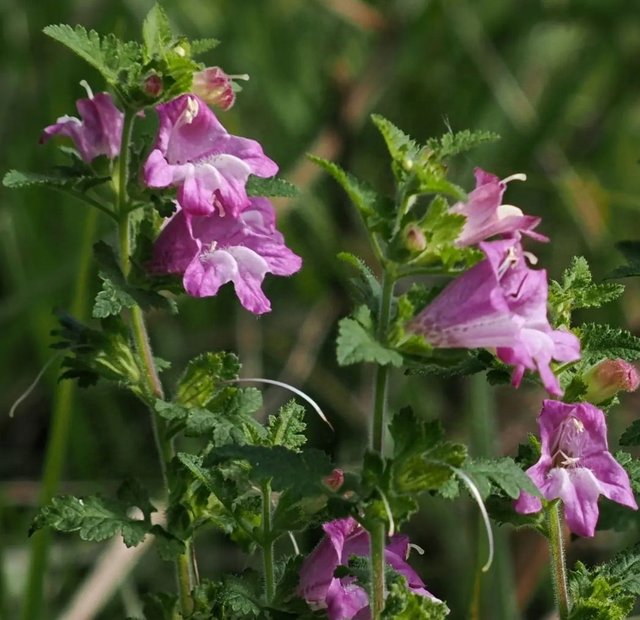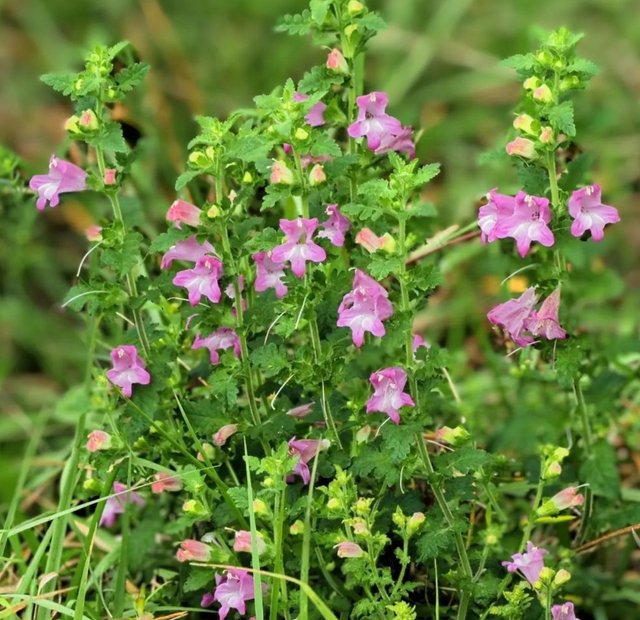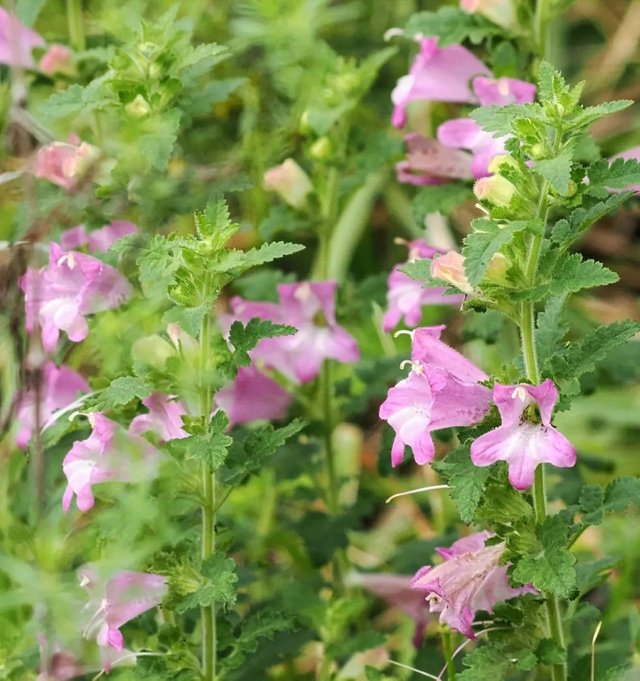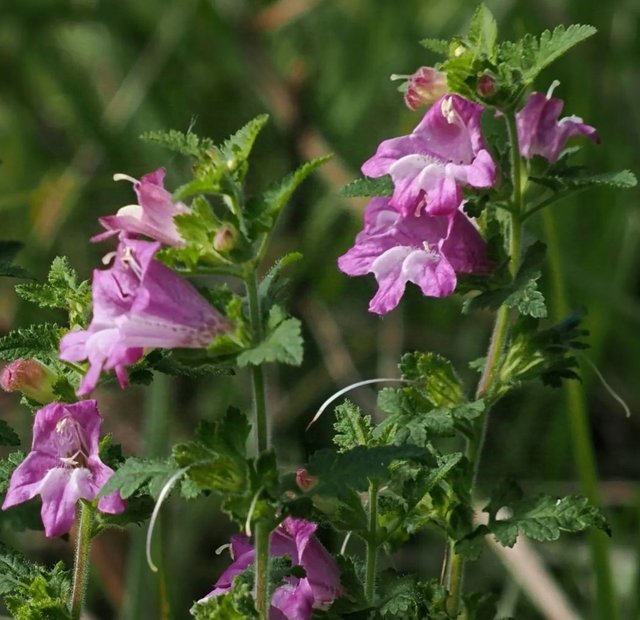So Beautiful Beardtongues Flower
Beardtongues, known scientifically as Penstemon, are a captivating and diverse genus of flowering plants that thrive in various regions across North America. With their vibrant colors, tubular flowers, and adaptability to different environments, beardtongues have become popular both in the wild and in gardens. Here’s an in-depth look at these stunning plants, from their history and varieties to cultivation and uses.
Botanical Overview
The genus Penstemon belongs to the Plantaginaceae family and comprises over 250 species. These perennials are known for their tubular, two-lipped flowers and opposite leaves. The name "beardtongue" comes from the unique feature of many species: a hairy stamen that protrudes from the flower’s center. The flowers themselves resemble foxgloves but tend to be more drought-resistant and rugged, making them a favorite in xeriscaping.
Beardtongues can vary greatly in size, color, and habitat preference. While many species grow well in dry, rocky soils, others thrive in alpine environments, grasslands, or forest edges. They are highly adaptable and are found across a broad range of elevations, from low deserts to high mountain ranges.
Species and Varieties
Penstemon species come in a variety of forms, offering a rainbow of colors from blues and purples to reds, pinks, and whites. Some of the most popular species include:Penstemon digitalis
This species is native to eastern and central North America. It produces tall spikes of white to pale pink flowers in late spring and early summer. It’s a favorite for pollinators, especially bees and hummingbirds, due to its deep, nectar-rich flowers.
Penstemon barbatus
Commonly found in the southwestern United States, this species is notable for its brilliant red flowers and long blooming season. It is particularly attractive to hummingbirds, making it a great addition to wildlife gardens.




Thanks For Reading
Device Information
| Device | Redmi Note 10 Pro |
|---|---|
| Lens | 64 mp |
| Location | Bangladesh |
